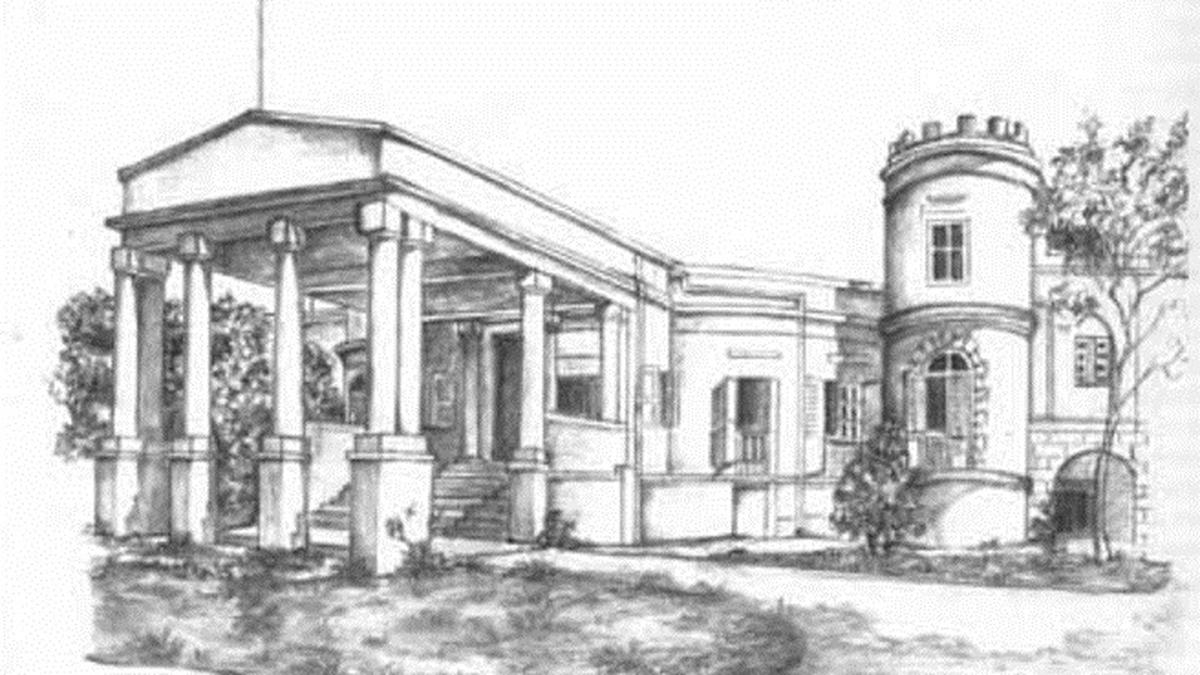
A musical platinum jubilee in the offing
The Hindu
A musical platinum jubilee in the offing
Each year, just around this time I write an article for the Sruti magazine on the December Music Season 75 years ago. And so it was this time too, the focus being on what happened in the Margazhi of 1948. It was while I was researching for it that I realised that the Tamil Nadu Government Music College, located at historic Brodie Castle aka Thenral, will embark on its 75th year sometime in 2024. I am not sure of the exact date, but the year was 1949 when the Central College of Karnatak Music, as it was known, came into existence.
During his brief tenure as Union Minister for Education after Independence, Rajaji suggested that there be two Central government-funded institutions, one each for the promotion of Hindustani and Carnatic music. The 1926-established Marris College in Lucknow, now the Bhatkhande Music Institute University, was selected for the former. For the south Indian art form, however, a fresh institution had to be created.
A committee was formed in Madras. It comprised T.S. Avinasilingam Chettiar (Education Minister, Government of Madras), Dr. Sir A. Lakshmanaswami Mudaliar (Vice-Chancellor, University of Madras), P.V. Rajamannar (Chief Justice, High Court of Madras and Chairman, Sangeet Natak Akademi), K. Srinivasan (Vice-President, Music Academy and Editor, The Hindu), Rao Bahadur K.V . Krishnaswami Iyer (President, Music Academy), ‘Rasikamani’ T.K. Chidambaranatha Mudaliar (noted Tamil scholar and authority on Kamban), Professor P. Sambamoorthy (musicologist), S. Venkateswaran, ICS, and Tiger K. Varadachariar (musician and academic). A powerful outside influence, though not in any official capacity then, was T.T. Krishnamachari.
With so many members of the Music Academy on it, that organisation fancied its chances of being asked to create the proposed music college. In fact, during the inauguration of its 1948 music festival, the Academy committee said as much in its welcome address to the Chief Guest, Krishnakumarsinhji Bhavsinhji, Maharajah of Bhavnagar and Governor of Madras. But the Academy’s largely negative role in the then ongoing Tamil Isai movement, no doubt, scuttled its chances.
Sometime in 1949, the Central College of Karnatak Music came into existence under government control. Its syllabus was formulated by Professor Sambamoorthy and it was believed that he would be its first Principal. But here too there was a twist. The renowned musician Musiri Subramania Iyer was selected for the post. In retrospect, it was a wise choice, for Musiri brought his many-sided personality — musician, intellectual, and social networker — to the job and gave the college a high profile and status. A stellar faculty in the early years made sure the college acquired a great reputation. Several high-profile artistes have followed in Musiri’s footsteps and become principals of the institution.
The college began life at Rahmat Bagh on Santhome High Road, now demolished but remembered as the first building in which Swami Vivekananda stayed during his maiden visit to Madras in 1893. Thereafter, the college shifted to Bridge House, a handsome building on the northern bank of the Adyar and which too has now gone making way for the Sivaji Ganesan memorial and the T.N. Rajarathinam Pillai auditorium. In 1956, the college moved into Brodie Castle, which has remained its home ever since. During its silver jubilee in 1974, the institution was renamed the Tamil Nadu Arasu Isai Kalloori and in 1991, it was brought under the Tamil Nadu Eyal Isai Nataka Manram. Since 2013, it is under the TN Music and Fine Arts University. Its then principal and noted veena artiste, E. Gayathri, became that university’s first Vice-Chancellor.
(V. Sriram is a writer and historian.)













